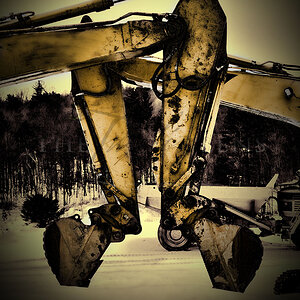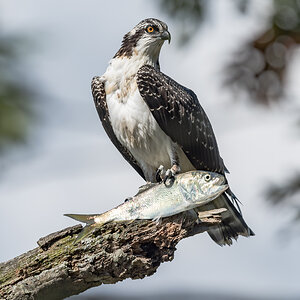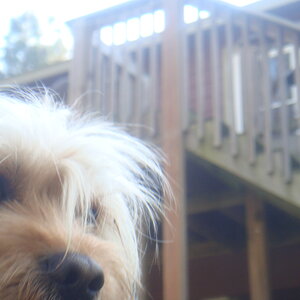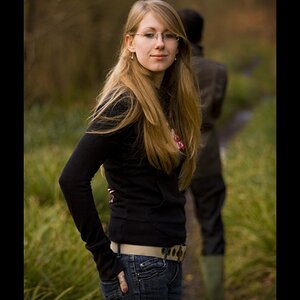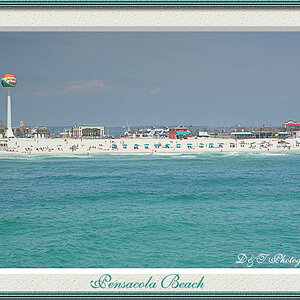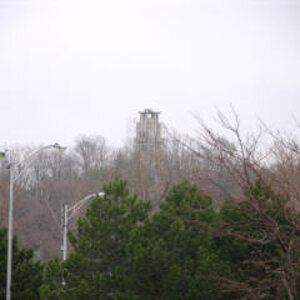adamhiram
No longer a newbie, moving up!
- Joined
- Feb 6, 2015
- Messages
- 858
- Reaction score
- 576
- Can others edit my Photos
- Photos OK to edit
These are a few images from a recent photo shoot with my son. I wanted to make it more fun and got a creative with some accessories and colored gels.
Nikon D500 with 85mm f/1.8
85mm, f/5.6, 1/250s, ISO 400
Lighting
Additional thoughts:

20190608-DSC_2726a by adamhiram, on Flickr

20190608-DSC_2757a by adamhiram, on Flickr

20190608-DSC_2748a by adamhiram, on Flickr

20190608-DSC_2794a by adamhiram, on Flickr
Nikon D500 with 85mm f/1.8
85mm, f/5.6, 1/250s, ISO 400
Lighting
- Key light: 38" octabox with grid to control spill on backdrop
- Fill: 42" white reflector
- Background light: 25° grid with blue gel for a gradient spot behind subject
- Backdrop: fashion gray seamless paper
- See pullback shot for lighting setup
Additional thoughts:
- I had to raise ISO a few stops to get enough light - between the gel reducing light output by 2 1/3 stops, and the double diffusion and grid having a similar effect on the soft box, I am starting to hit the limitations of using speed lights for portraiture
- I see some fringing around the edges of the subject - any thoughts on ways to reduce this?
- I am curious if anyone has opinions on using colored gels on a neutral backdrop vs. a colored backdrop - in this case, blue paper instead of a blue gel? As long as I am lighting it separately, gels seem like a simpler solution, but I'm sure there are some limitations with this.

20190608-DSC_2726a by adamhiram, on Flickr

20190608-DSC_2757a by adamhiram, on Flickr

20190608-DSC_2748a by adamhiram, on Flickr

20190608-DSC_2794a by adamhiram, on Flickr


![[No title]](/data/xfmg/thumbnail/35/35946-771bfce9b2727c9126587d96c471da80.jpg?1619737254)
![[No title]](/data/xfmg/thumbnail/37/37605-90c8efaef5b7d1f52d4bf8e7dfd33673.jpg?1619738148)
![[No title]](/data/xfmg/thumbnail/36/36299-468f060314a0ac2bf5e37da1c33149d2.jpg?1619737493)
![[No title]](/data/xfmg/thumbnail/36/36301-27972c0474532c2ef657014362950733.jpg?1619737495)

![[No title]](/data/xfmg/thumbnail/37/37606-3c9ffb5906173fa2aa489341967e1468.jpg?1619738148)
